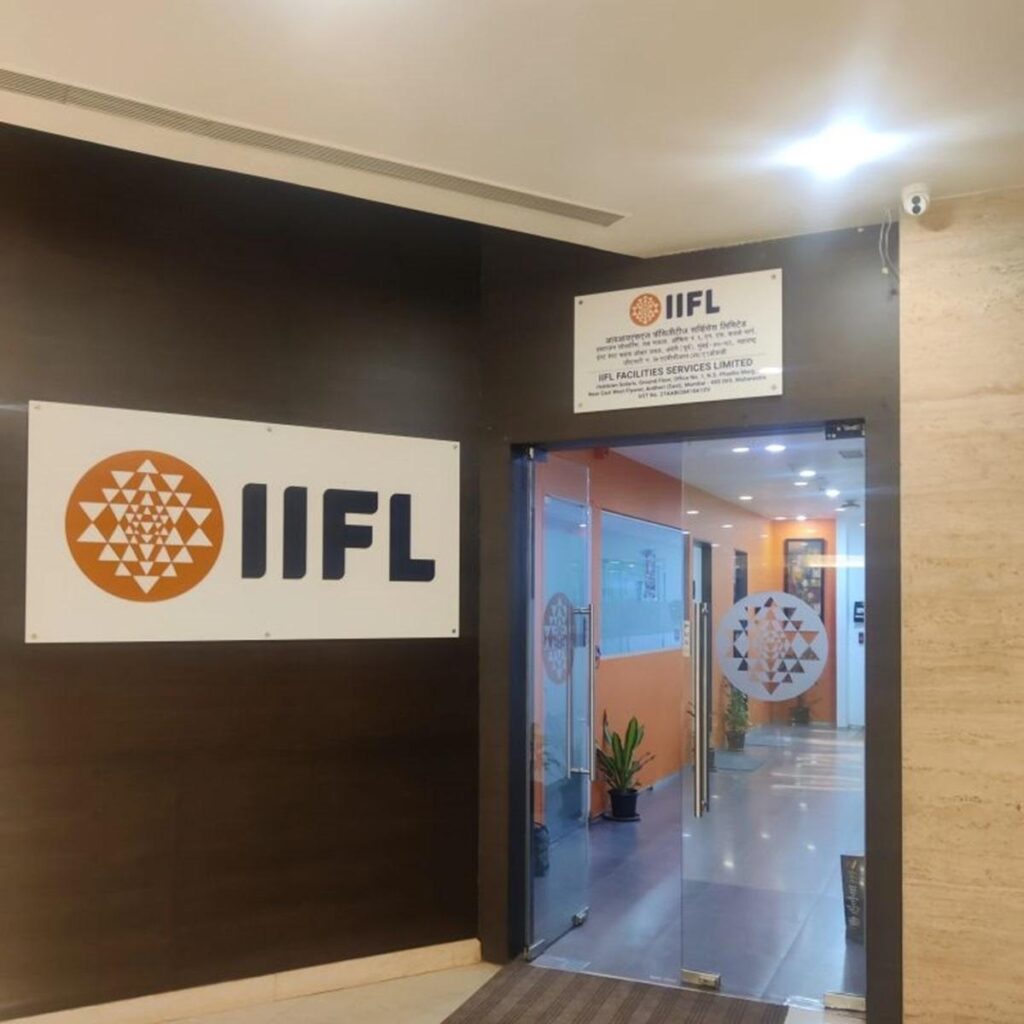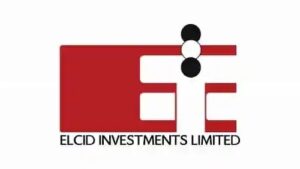1. At a Glance
Once upon a Dalal Street dream, there wasIIFL Securities Limited— a hustler broking arm that wanted to look less like a trader and more like a capital market Brahma. So, in November 2024, it pulled a filmi rebrand —IIFL Capital Services Ltd. Same DNA, same desks, but with a sleeker name that sounds like it runs hedge funds out of Singapore.
At ₹338 a share (as of November 7, 2025), with a market cap of ₹10,483 crore, this old IIFL warrior is showing off its 33.3% ROCE and 31.6% ROE, like a mutual fund influencer flaunting CAGR screenshots. Sales in Q2 FY26 were ₹592 crore, down from ₹645 crore last year (YoY -8.2%), while PAT slipped to ₹85 crore from ₹205 crore last year — a 58% knockout punch.
Still, for a company that has lived through SEBI raids, tax notices, and F&O penalties, it’s strutting around with a P/E of 17.9 — eerily close to the industry’s 17.4 — saying, “Main toh consistent hoon.”
The broking margins remain elite, with an OPM of 37.5% and a Dividend Yield of 0.89%. Over 5 years, profits grew at a stunning 34.7% CAGR. But the latest quarter screams a reminder: even the market’s brokers can get margin-called by volatility.
2. Introduction – When Brokers Start Needing Therapy
If the broking industry were a Bollywood family, IIFL Capital would be that cousin who made it big early, diversified everywhere, and now wants to sound more serious than his younger tech-driven rival Angel One. Founded in 1996, this is the OG broking child of the IIFL Group — the same family that spawned 5paisa, IIFL Finance, and enough subsidiaries to confuse even SEBI interns.
The name change fromIIFL SecuritiestoIIFL Capital Servicesin November 2024 wasn’t just rebranding — it was symbolic. The company wanted to move away from being seen as a basic equity broker to becoming a diversified financial ecosystem. After all, when your clients are managing crores, “Capital Services” sounds classier than “Securities Limited,” right?
Yet, FY25 was not all smooth. From NSE penalties (₹5 lakh here, ₹2.59 lakh there) to aSearch and Seizure Operationby the Income Tax Department in January 2025, this company’s year could be a Netflix financial thriller. Add in a leadership shake-up — the resignation of the MD in March 2025 and new appointments — and you get boardroom masala served hot.
But drama aside, the core engine — its retail and institutional broking — continues to hum. Despite a 9% fall in stock price over the past year, the firm’s 69% gain over 3 years shows resilience. It’s like a broker saying, “Bhai, short-term pain for long-term compounding.”
3. Business Model – WTF Do They Even Do?
Let’s decode this labyrinth.
IIFL Capital runs five key verticals, each trying to look more sophisticated than the last:
- Retail Broking (29% of FY24 revenue):The bread and butter. It serves retail and HNI clients trading equities, derivatives, currencies, and commodities. Retail brokerage income grew 57% from FY22 to FY24. Margin funding? Oh, that grew too — MTF book ballooned from ₹5.4 bn to ₹12.6 bn.Translation: Indian traders are borrowing more to lose faster, and IIFL is happy to lend them the bullets.
- Financial Product Distribution (17%):Mutual funds, PMS, AIFs, insurance — basically every commission-bearing instrument known to mankind. Revenue grew a whopping 83% in two years. MF AUM shot from ₹71 bn in FY22 to ₹155 bn in H1 FY25.
- Institutional Broking (17%):Serves 930+ clients globally, including funds from Singapore, London, and New York. With 43 analysts tracking 281 stocks, they cover 71% of India’s market cap. Translation: They know everything except when their own stock will fall.
- Investment Banking (10%):The cool kid. FY24 saw 59 transactions, including biggies like Bajaj Housing Finance’s ₹6,560 crore IPO and PNB’s ₹500 crore QIP. That’s a 49% growth in revenue since FY22. Even Q2 FY25 had 13 deals — the hustle is real.
- Other Businesses (27%):Includes subsidiaries dabbling in insurance and real estate broking. You know, because no one wants to leave any financial stone unturned.
AUM across all verticals now sits at ₹2,463 bn
(₹2.46 lakh crore), up 89% in three years. So yes, while the world debates passive vs active investing, IIFL is busy collecting brokerage from both sides.
4. Financials Overview
| Metric | Latest Qtr (Sep ’25) | YoY Qtr (Sep ’24) | Prev Qtr (Jun ’25) | YoY % | QoQ % |
|---|---|---|---|---|---|
| Revenue (₹ Cr) | 572 | 645 | 617 | -11.3% | -7.3% |
| EBITDA (₹ Cr) | 213 | 266 | 221 | -19.9% | -3.6% |
| PAT (₹ Cr) | 85 | 205 | 176 | -58.5% | -51.7% |
| EPS (₹) | 2.72 | 6.64 | 5.66 | -59.0% | -51.9% |
If your portfolio looked like this, you’d be calling your RM in panic too. PAT cratered 59% YoY. EPS halved faster than Nifty Bank options on expiry day. Yet the margins remain stable — OPM at 37% — so the drop seems more like temporary volatility than structural weakness.
In short: profits took a chai break, but the business model didn’t.
5. Valuation Discussion – The Fair Value Guesstimate (Educational Only)
Let’s calculate afair value rangeusing 3 standard nerdy methods:
(a) P/E Method
TTM EPS = ₹18.9Industry P/E = 17.4→ Fair Value Range = ₹18.9 × (16 – 22) =₹302 – ₹416
(b) EV/EBITDA Method
EV = ₹8,152 CrEBITDA = ₹1,004 Cr (FY25 approximation)EV/EBITDA = 8.1× (as per screener)If re-rated to 9–11× like peers Angel & Nuvama →Fair EV = ₹9,036 – ₹11,044 CrSubtract debt ₹1,742 Cr → Equity Value ≈ ₹7,294 – ₹9,302 CrPer Share (31.1 Cr shares) =₹235 – ₹299
(c) DCF – Discounted Cash Flow
Assume normalized PAT ₹600 Cr, growth 10%, discount rate 13%, terminal growth 4% → Fair value ≈₹340 – ₹380
🎯Fair Value Educational Range: ₹280 – ₹400 per share
(This range is for educational purposes only and is not investment advice. Please consult your cat, dog, or SEBI-registered advisor before acting.)
6. What’s Cooking – News, Triggers, Drama
Where do we begin?
- January 2025:TheIncome Tax Departmentpaid a surprise visit — not to open a Demat account, but to conduct asearch operation.
- March 2025:The MD resigned, and a new one was appointed the same day. Imagine HR’s blood pressure.
- September 2025:NSE fined them ₹2.6 lakh for some inspection issue. Before that, August saw a ₹5 lakh penalty. Small numbers,

















